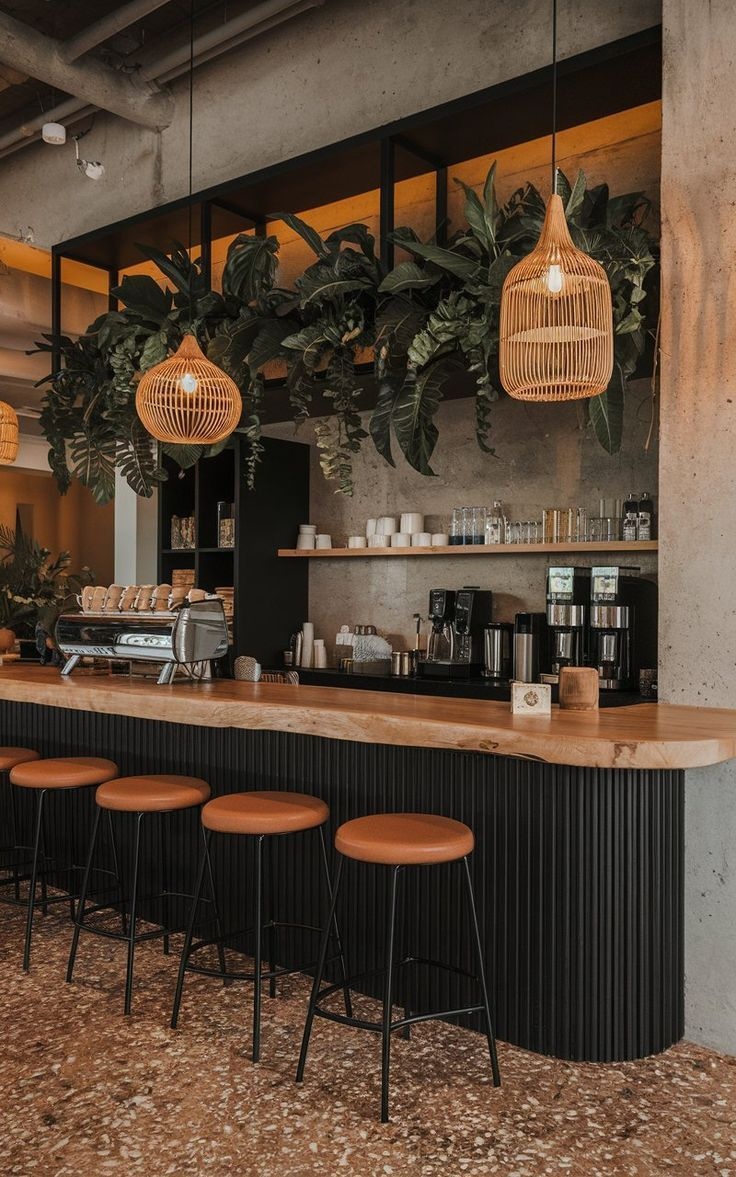At LevelPlayingField, our philosophy is that the key to remarkable pizza begins with top-notch dough. With over thirty years of refining our technique, we're thrilled to divulge some of our dough-making wisdom. Though the exact recipe is a cherished secret, the guidelines we provide here will enable you to craft pizzeria-level pizza dough in your own kitchen.
Quality of Flour is Key
The base of superior pizza dough lies in the use of premium flour. We suggest opting for 00 flour, which is a delicately milled Italian variety that contains a moderate amount of protein (typically around 12%), striking the ideal mix of elasticity and softness. In the absence of 00 flour, a decent alternative would be bread flour, although the texture might vary marginally.
Water's Temperature and Moisture Content
The warmth of the water is critical as it influences the length of the fermentation and the maturity of the dough. Utilize cooler water, approximately 45°F (7°C), for a prolonged fermentation that results in richer flavor. For a speedier fermentation, warmer water near 85°F (29°C) is suitable. The water-to-flour ratio, or hydration level, ought to be kept within 60-70% for the average home oven.
A Pinch of Yeast, Plenty of Patience
To achieve a deeply flavored dough, a minimal amount of yeast combined with extended fermentation is essential. For doughs that ferment over a period of 24-48 hours, we use a mere 0.2% fresh yeast relative to our flour's weight. This unhurried method fosters the development of intricate tastes and yields a dough that's not only more flavorful but also more digestible.
Salt for More Than Just Taste
Salt isn't merely a flavor enhancer—it also fortifies the gluten network and modulates the fermentation process. We suggest incorporating fine sea salt at a proportion of 2.5-3% of your flour's weight. Introduce it after the flour and water have commenced blending to avoid direct contact with the yeast which could hamper its activity.
The Craft of Fermenting
Subsequent to mixing, the dough should go through an initial bulk fermentation at ambient temperature for about two hours, after which it's to be divided and shaped into individual portions. These should then be stored in covered containers and refrigerated for a duration of 24-72 hours. It's during this cold fermentation stage that enzymes start breaking down the starches into sugars, fostering not just the flavor but also the signature browning of our crusts.
Gentle Handling is Crucial
When it's time to bake, take the dough out from the cooling unit 1-2 hours in advance to let it come to room temperature. It's imperative to handle the dough delicately to maintain the air bubbles that have formed within it. Rather than using a rolling pin which could deflate the dough, gently press and stretch it out with your fingertips.
Heat: The Concluding Element
While we can achieve soaring temperatures of 850°F (454°C) in our wood-burning ovens, home ovens usually only go up to about 550°F (288°C). To get that desirable crunchy exterior and a light, airy inside, preheat a pizza stone or steel for at least one hour to mimic the intense bottom heat we utilize in our restaurant.
Mastering the craft of pizza dough is a dynamic process; each batch is a new lesson. We encourage you to keep a record, tweak various elements, and discover the methodology that works best in your personal cooking space.
For a firsthand look at how we create our dough, consider attending one of our monthly pizza workshops led by Chef Andre. You can find the scheduled sessions in our events calendar!

